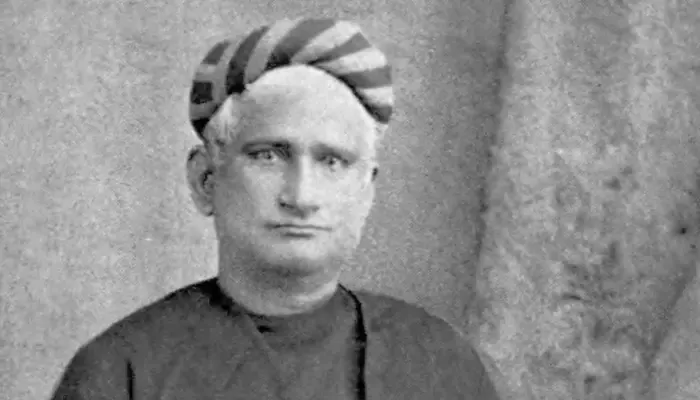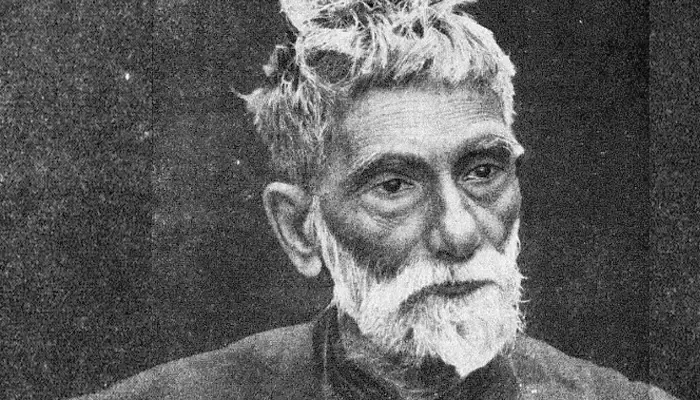
Know how a modest house near Calcutta gave birth to a battle cry and inspired a nation.
A modest building with faded walls and weathered tiles is tucked away in the historic town of Chinsurah, about 50 kilometres from Calcutta. But within these quiet walls, a storm was once born. This is the house where Vande Mataram—India's future national song—was first composed by Bankim Chandra Chattopadhyay in the mid-1870s.
He was then a deputy magistrate stationed in the town, and the rented house gave him a space to reflect and write. What began as poetry soon turned into a political weapon. The building, now known as Vande Mataram Bhavan, would eventually become a symbol of India's freedom struggle.
The building itself was never meant to change history. It was a simple, single-storey structure with a tiled roof and high ceilings—typical of colonial-era Bengal homes. Its verandah faced the Hooghly River, and its quiet surroundings offered Bankim the peace he needed to think deeply.
Between 1875 and 1876, in that very house, he wrote Vande Mataram, a hymn to the motherland. It would later appear in his 1882 novel Anandamath. Though a work of fiction, the book struck a chord. The song quickly became more than literature; freedom fighters across India embraced it as a rallying cry.

While the house never stored weapons or harboured fugitives, it gave birth to a song that the British Empire would fear. Unlike the Eden Hindu Hostel in Calcutta, where students once hid firearms, or the secret bomb-making labs of Acharya Prafulla Chandra Ray, Bankim's house carried no overt signs of rebellion.
But it inspired countless rebels. Revolutionaries like Matangini Hazra, Bipin Chandra Pal, and Subhas Chandra Bose drew strength from their verses. Vande Mataram was banned in British-run schools and gatherings—proof of its potency.

The building's architecture was modest, with arched windows, wooden rafters, and rooms built for airflow during Bengal's humid months. It wasn't built to resist an empire. But the ideas formed inside it did.
The quiet of its verandah, the rustle of river winds, and the solitude of the study were the building blocks of a revolution in thought. In these ordinary surroundings, something extraordinary happened.
By the early 20th century, Vande Mataram was being sung across India. Despite repeated bans by colonial officials, it echoed through protest marches, political rallies, and jail cells. In 1906, the Calcutta Flag was unfurled at Parsi Bagan Square with the words "Vande Mataram" boldly written across it.
The British feared the song's power to unite. Yet every attempt to suppress it only spreads it further. It became the spiritual anthem of India's freedom movement, a role no military march or formal speech could ever fill.
Today, Vande Mataram Bhavan is maintained by the West Bengal government as a heritage site. It is open to visitors, free of charge. Inside are plaques, portraits, and inscriptions of the original song. Though not as well-known as other historical landmarks in Calcutta, it holds a rare kind of reverence.
In 2022, the building received renewed attention, with historians and heritage enthusiasts urging greater public awareness and conservation efforts.
This house didn't throw stones. It didn't shelter rebels. But it offered something more dangerous to a colonial power—a powerful idea. It gave India a song. And in doing so, it became one of the country's quietest yet most influential revolutionary spaces.
Even today, when visitors step into the old rooms and walk its shaded verandahs, they can almost hear the gentle whisper of two words that shook an empire: Vande Mataram.